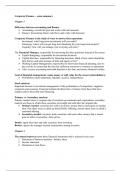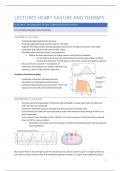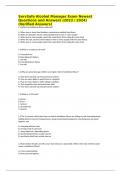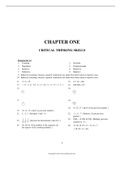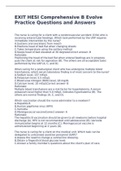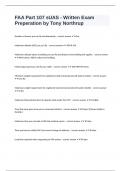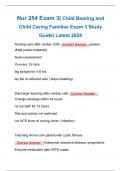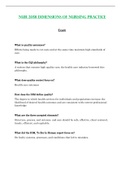Summary
Samenvatting Fundamentals of Corporate Finance 4e - Corporate Finance (MAN-BCU2020)
- Course
- Institution
- Book
Complete summary of Corporate Finance for Business Administration, including lecture slides and the book 'Fundamentals of Corporate Finance'. Scored a 9.0 on the exam.
[Show more]
